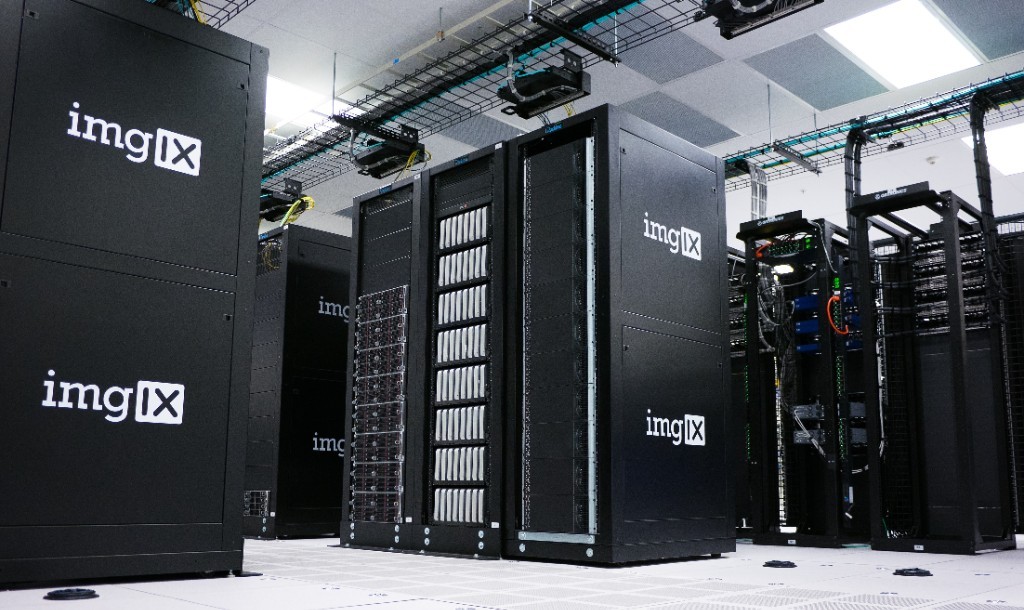In recent years, there has been a significant advancement in the field of Artificial Intelligence (AI) and Augmented Reality (AR). These technologies have become increasingly popular and have the potential to enhance virtual experiences in various fields such as gaming, education, healthcare, and...
BCIs Allow Thought Control of AI Systems – The Future of Brain-Computer Interfaces

In recent years, there has been a significant breakthrough in the field of brain-computer interfaces (BCIs), opening up a whole new realm of possibilities for the future of technology. BCIs allow for direct communication between the human brain and external devices, bypassing the need for traditional interfaces such as keyboards and mice. This groundbreaking technology holds immense potential, not only for individuals with physical disabilities but also for the development of advanced AI systems.
BCIs have the potential to revolutionize the way we interact with technology. Imagine being able to control your computer or smartphone with just your thoughts, without the need for any physical input. This level of seamless integration between humans and machines could have a profound impact on various industries, from healthcare to gaming and everything in between.
One of the most exciting applications of BCIs is in the field of artificial intelligence. The ability to directly tap into the human brain opens up a whole new world of possibilities for AI systems. With BCIs, it may be possible to develop AI systems that can understand and respond to human thoughts and emotions. This could lead to more intuitive and personalized interactions with AI, making them more human-like and capable of understanding complex human needs.
However, the development of BCIs and their integration with AI systems is not without its challenges. The complexity of the human brain and the intricate nature of human thoughts make it a daunting task to decipher and interpret brain signals accurately. Additionally, there are ethical considerations that need to be addressed, such as ensuring the privacy and security of individuals' thoughts and preventing any potential misuse of this technology.
Despite these challenges, the future of BCIs and thought control of AI systems looks promising. As technology continues to advance, we can expect to see more sophisticated BCIs that are capable of more precise and accurate brain signal interpretation. With further research and development, BCIs have the potential to unlock the full power of the human brain and usher in a new era of technology that is truly mind-blowing.
The Evolution of Brain-Computer Interfaces
Brain-Computer Interfaces (BCIs) have come a long way since their inception. Initially, BCIs were rudimentary devices that allowed for basic communication between the human brain and a computer system.
Early BCIs relied on invasive techniques, such as surgically implanting electrodes into the brain, to record neural activity. These techniques were limited in their application and posed significant risks to the patient. However, they provided valuable insights into the workings of the brain and laid the foundation for future advancements.
Advancements in non-invasive techniques, such as electroencephalography (EEG), brought about a new era in BCI development. EEG-based BCIs use sensors placed on the scalp to measure electrical activity in the brain. This approach is less risky and more accessible, making it ideal for a wider range of applications.
Current State of BCIs

Today, BCIs have evolved to a point where they can be used for a variety of purposes, ranging from medical applications to gaming and entertainment. The development of machine learning algorithms has enabled BCIs to interpret and translate brain signals into meaningful commands.
BCIs are being used in the medical field to assist individuals with disabilities, such as paralysis, in regaining control over their bodies. They have also shown potential in helping individuals with neurodegenerative diseases, such as Parkinson's, by improving motor functions.
The Future of BCIs
Looking ahead, the future of BCIs holds great promise. Researchers are working on improving the accuracy and speed of BCIs, as well as developing new techniques that allow for more complex interactions between the brain and computer systems.
One area of focus is the integration of BCIs with AI systems. This would enable direct communication between the human brain and artificial intelligence, opening up vast possibilities for thought control and enhanced cognitive abilities.
| Advantages | Challenges |
|---|---|
| Improved communication for individuals with disabilities | Ensuring privacy and security of brain data |
| Enhanced control over technology | Overcoming technical limitations and compatibility issues |
| Potential for medical breakthroughs | Addressing ethical concerns and societal implications |
As BCIs continue to evolve, it is clear that they have the potential to revolutionize the way we interact with technology and unlock new frontiers in human cognition.



